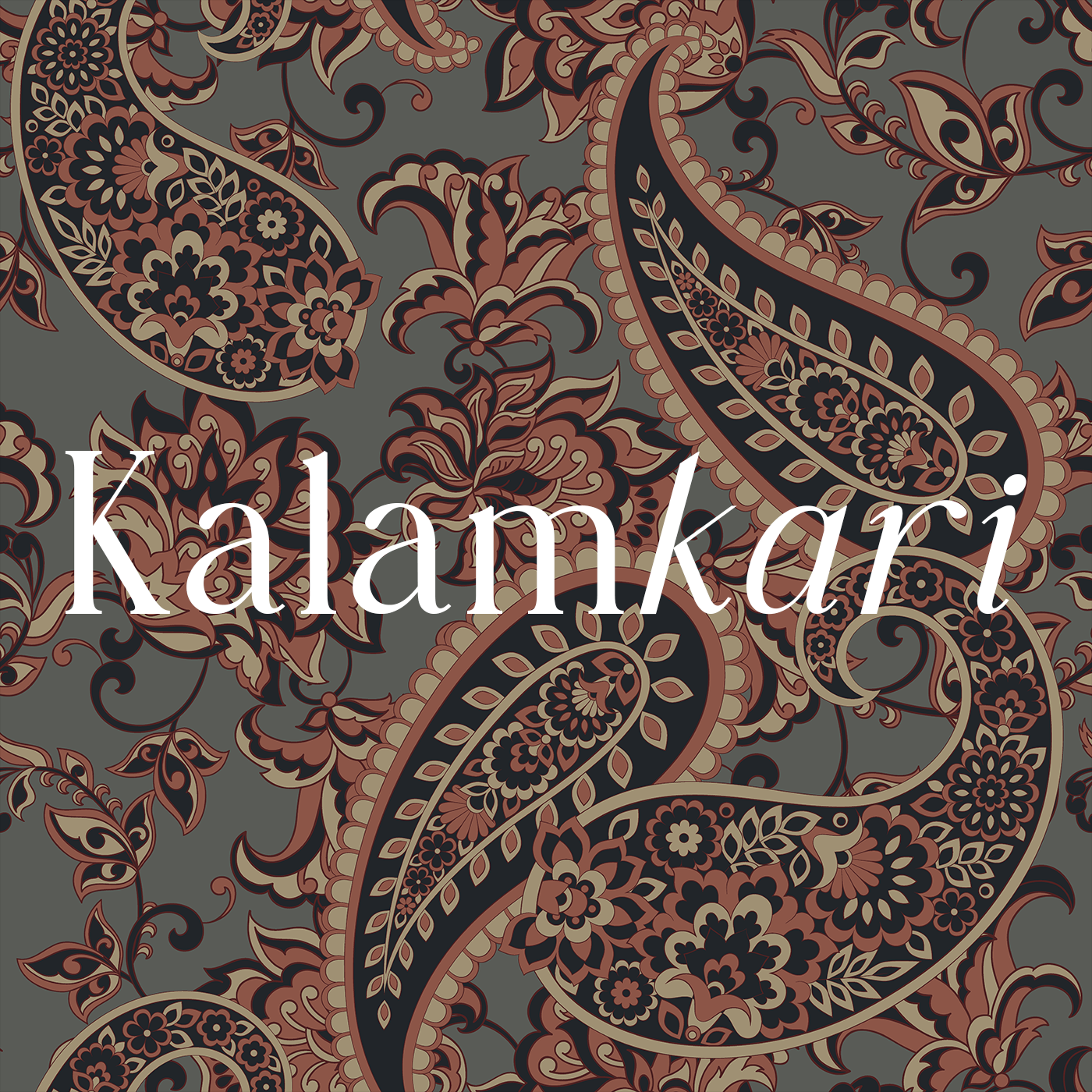Our Craft

ajrakh
Ajrakh is an elaborate block printing technique that involves layering of prints to create unique effects. Interplay of natural dyes and designs of hand-carved wooden blocks bring themes like starry nights and seasons on the fabric. Originally from the Sindh region, the craft later flourished in the kutchh region of India and is one of the oldest printing methods alive today, practised predominantly by the Khatri community of artisans.

chikankari
An ancient kind of needlework from Lucknow, India, called chikankari. The name translates to "embroidery" (thread or wire), one of Lucknow's most well-known textile embellishment techniques. Chikankari is a very delicate and intricate shadow work type of embroidery. Indian Chikan work basically consists of a number of processes, namely cutting, stitching, printing, embroidery, washing and finishing. Cutting and stitching are done by the same person. Then, printing is undertaken with wooden blocks dipped in dye. After this, embroidery is done, usually by women. The last step in the Chikankari embroidery work is washing and finishing, which may take from 10 to 12 days and involves bleaching, acid treatment, stiffening and ironing. The most common motif used in Chikankari work of Lucknow is that of creepers. Floral motifs, which are used either throughout the garment or in corners, include jasmine, rose, flowering stems, lotus, etc.

kalamkari
Kalamkari is a century old art form from the villages of Andhra Pradesh, it features intricate paintings created using the ‘Kalam’ a pen made from bamboo fibre. These paintings are made using natural colours extracted from plants. Each painting goes through an elaborate making process starting from preparing the cloth, outlining, dyeing to colour filling.

Kilim
Jaipur is famous for its kilim weaving. A kilim is a type of rug that is handwoven by traditional artisans with the warp and weft woven together into a flatweave of beautiful tapestry patterns inspired by the Persian era. They often feature intricate geometric patterns, bold colors, and cultural motifs, making them both functional and decorative.

kutch
The Kutch Embroidery is a textile and handicraft signature art heritage of the indigenous people of Gujarat's Kutch District. With its intricate motifs, this needlework has made a significant contribution to Indian embroidery traditions. Women often perform needlework, which is typically done on cotton materials and is done in the shape of a net using cotton or silk threads. It is also made over silk and satin in some motifs. "Square chain, double buttonhole, pattern darning, running stitch, satin, and straight stitches" are the stitch types employed. When tiny mirrors, known as "abhla," are sewed over the geometrically structured patterns, the vibrant needlework takes on its distinctive shimmer.

lambani
Lambani embroidery is a vibrant intricate form of hand embroidery practised by the nomadic tribes of Southern India. Typically practised by the women of the tribes, this craft has quirky motifs that are detailed with patchwork and mirrorwork.

Mirzapuri
Mirzapuri weave refers to a type of handloom weaving technique practiced in the Mirzapur region of Uttar Pradesh, India. This traditional weaving style has been passed down through generations and is known for producing intricate and colorful textiles, including rugs, carpets, and durries (flat woven rugs). It is characterized by its intricate and elaborate designs, which often incorporate geometric patterns, floral motifs, and other traditional motifs inspired by local culture and heritage.

